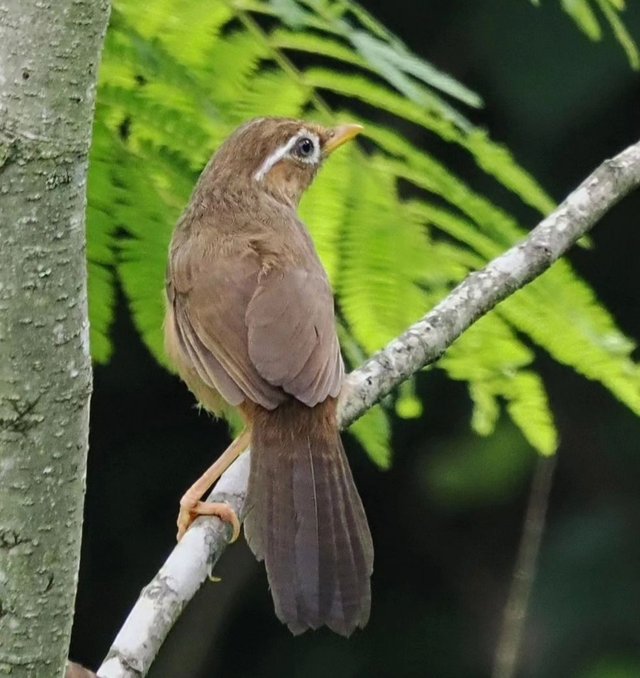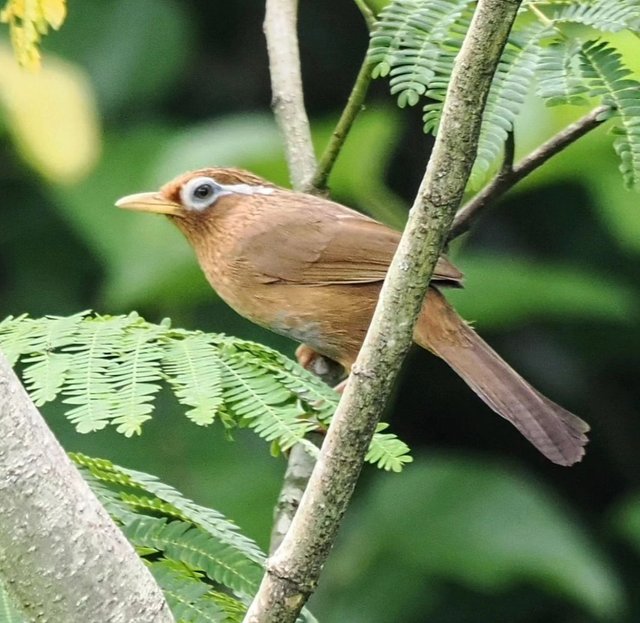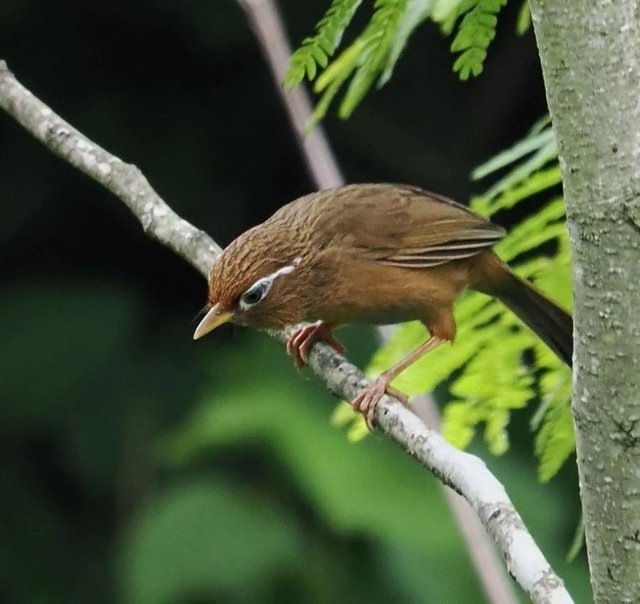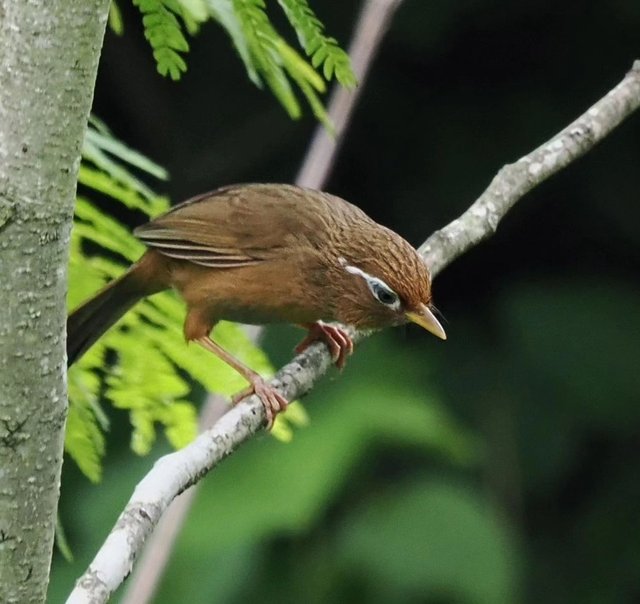Chinese Hwamei Bird So Beautiful
The Chinese hwamei, also known as the melodious laughingthrush, is a small passerine bird that belongs to the family Leiothrichidae. This bird is highly revered in East Asian cultures, particularly in China, where it has been a beloved part of traditional aviculture for centuries. The hwamei is celebrated for its distinctive and melodious song, which has made it a popular choice among bird enthusiasts and breeders.
Physical Characteristics
The Chinese hwamei is a relatively small bird, measuring about 20 to 25 centimeters in length. It has a sleek, streamlined body with soft, brown plumage. One of its most distinctive features is the white eye-ring, which looks like it is wearing spectacles. This striking appearance is complemented by its reddish-brown crown and nape, as well as a slightly darker brown back and wings. The underparts of the hwamei are generally lighter, with a subtle streaking pattern.
Habitat and Distribution
The Chinese hwamei is native to a wide range of East Asia, including China, Taiwan, Vietnam, and Laos. It inhabits subtropical or tropical moist lowland forests, subtropical or tropical moist montane forests, and bamboo forests. These birds are adaptable and can also be found in gardens, plantations, and even urban areas where suitable vegetation exists.
Behavior and Diet
Hwameis are known for their shy and secretive nature. They tend to stay hidden in dense vegetation, making them difficult to spot despite their distinctive songs. These birds are predominantly ground feeders, foraging for insects, seeds, berries, and small invertebrates. Their diet is quite varied and can adapt to the availability of food sources in their environment.
Vocalizations
The Chinese hwamei is most renowned for its song, which is a complex and melodious series of whistles, trills, and warbles. Each individual bird has a unique song, which it uses to communicate with others and establish its territory. These vocalizations are particularly prominent during the breeding season, when males sing to attract mates and ward off rivals. The beauty of their song has led to their popularity in aviculture, where they are often bred and trained to sing specific tunes.




Thanks For Reading
Device Information
| Device | cannon eos 600D |
|---|---|
| Lens | 55-250 zoom leans |
| Location | Myanmar |
